Canon Digital IXUS 950 IS Review
Canon Digital IXUS 950 IS
It's lovely, it's expensive, it's a Canon.
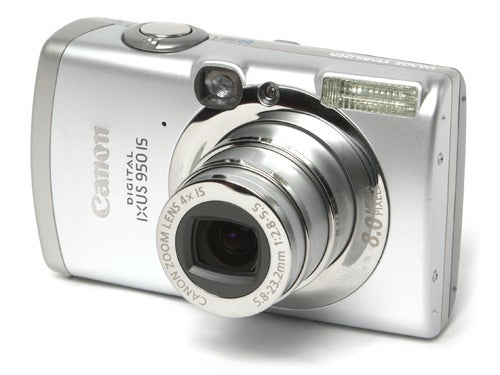
Verdict
Key Specifications
- Review Price: £260.00
Over the past couple of weeks I’ve been taking a look at some of the new models in Canon’s Digital IXUS range of style compacts, and today I’ve got the latest model, the long-awaited 950 IS. I say long awaited, because many people thought it was going to be a replacement and successor for the highly popular and technically advanced IXUS 850 IS which I reviewed last October. However, while in some ways the 950 IS does improve on the 850, it is not a replacement, but rather an additional model in the same range. There are still some things the 850 can do that the 950 can’t.

The main improvement is the increase in resolution from 7.1 megapixels to 8.0, but something that I found surprising is that the 950 IS does not share the 850’s popular 28-105mm-equivalent, 3.8x optical zoom range. Instead the 950 has a 4x zoom lens with a focal length range equivalent to 35-140mm. While there are no doubt some people who will prefer the longer telephoto setting, there are plenty of other cameras around that have a 35mm wide angle end, while a 28mm wide angle is relatively rare.
Like the rest of the Digital IXUS range, the 950 IS is an expensive camera. It is possible to find one online for £220, but you’re more likely to see it inthe high street for around £260, which is a lot of money for an 8-megapixel compact. That hardly-better-than-average zoom range means that the 950 is going to be competing with a much wider range of models than the equally pricey 850, and most of the competition costs less. Models such as the new Fujifilm FinePix A820, which is just £130, or the Kodak EasyShare Z885 which is only £135 are practically budget cameras by comparison, while the Samsung DigiMax S1050 offers 5x zoom and 10 megapixels for around £210. Even the 7MP, 5x zoom Olympus mju Digital 750 is only £210, and that’s waterproof. Even the 8MP, 5x zoom Sony Cyber-shot DSC-T100 can be found for around £220. Anyone who wants both a longer zoom range and wide angle could chose either the Panasonic TZ3 (£250) or Ricoh Caplio R6 (£230) for less money.
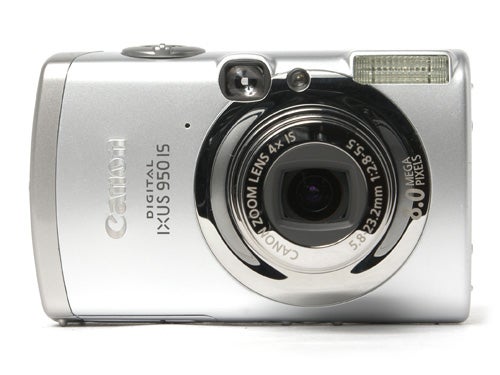
Of course with a camera like the IXUS 950 IS, your money buys more than just a specification. Like the 850 IS the build quality and design is of a very high standard. The camera has a part-plastic, part-metal body which certainly isn’t as strong as the titanium-bodied IXUS 900 Ti, but the curved shape gives it an inherent rigidity. It is quite a heavy camera at 165g (minus battery or card), and measuring 90.4 x 56.5 x 26.4 mm it’s not the slimmest camera on the market, but there’s no denying that it does feel reassuringly solid in the hand. That said however, squeezing the front panel a little did elicit a very noticeable creak and it is possible to feel the panels flexing slightly. But I’ve been a little spoiled by the 900 Ti, because there is certainly nothing flimsy about the 950 IS. The battery hatch has a strong metal hinge, all the controls feel solid and well made, and even the tripod bush is metal, which is always a good sign.
Main mode selection is via a small toothed wheel inset into the right-hand edge of the camera, which to be honest is a little fiddly. I far prefer the simple rotary switch of the 850 IS or 900 Ti, especially on the latter where the shape of it also provides a thumb grip. On the 950 the grip is provided by a small textured area next to the dial. Available shooting modes start with a standard auto mode, in which the only available options are picture quality and flash mode. The “manual” shooting mode allows more control, including exposure compensation, a wide range of colour options, adjustable contrast, sharpness and saturation, selectable metering modes and a wider than average array of picture size options, including postcard and widescreen. In the Scene Mode setting the 950 has most of the same options as the 850 IS, 900 Ti and IXUS 75, including the portrait, night snapshot, kids & pets, indoor, foliage, snow, beach, fireworks, aquarium and underwater (with the optional marine case), but it does have one unusual scene mode which I don’t think I’ve ever encountered before. In Creative Light Effect mode, distant point lights in night shots are rendered as shapes, such as hearts, crosses, musical notes or stars. I imagine that under just the right circumstances the effect could be quite striking, but it’s not the sort of thing you’re going to use every day.
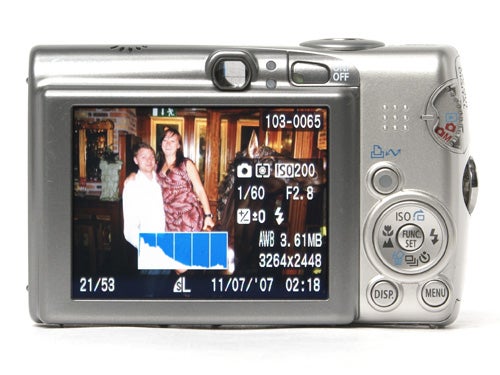
The various mode options and general camera settings are controlled via a function menu and the circular D-pad, both of which have on-screen menus. It is the same system that Canon has used for a while, and it works very well. All the main options are quickly accessible without recourse to the main menu, which is reserved for less commonly used settings such as AF mode, digital zoom, self-timer custom delay and others.
Of course you won’t know anything about all the controls and options unless you read the full manual, which as usual is only included in PDF format on a CD. I’ve said it before but it bears repeating; if you’re paying over £250 for a camera then I don’t think a printed manual is too much to expect. Many other manufacturers (Pentax being a good example) include excellent printed manuals with much less expensive cameras.
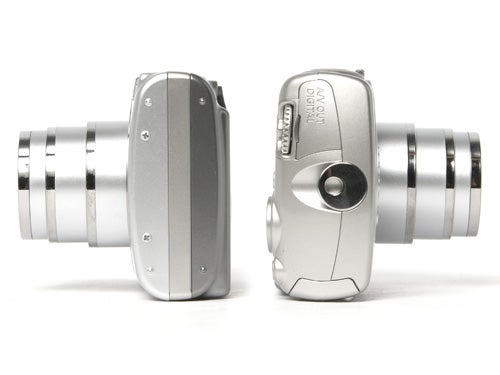
One of the main selling points of the 950 IS is of course Canon’s excellent optical image stabilisation system. This works very well as always, providing a reliable two stops of extra shooting speed and sometimes more. I found I was able to take sharp hand-held shots at full zoom at shutter speeds of 1/20th of a second, which is fairly impressive. It doesn’t slow the camera down a bit, and the overall performance is as fast as always. Start-up time is a fraction over a second, and shut down time just under two seconds. In single-shot mode the shot-to-shot cycle time is about 1.6 seconds, while in continuous shooting it can manage a shot every 0.7 seconds and keep it up until the memory card is full. Talking of memory cards, the 950 IS is compatible with both SD and SDHC cards. With an average file size at the maximum quality setting of around 3.8MB, a 1GB card will hold approximately 286 shots.
As usual with Canon cameras the AF system is extremely fast, in fact it’s one of the fastest AF systems I’ve ever seen on a compact camera, locking on in under half a second, and sometime much quicker. Even in low light it focuses quickly, or at least lets you know quickly if it can’t focus. The bright AF assist lamp means that doesn’t happen very often though, and I found no problem focusing at night at ranges of several metres. The only slight gripe is the AiAF system, which as usual can get it badly wrong when the subject is quite close, often missing the subject and focusing on the background instead. This can be turned off though, and the default centre-only AF is just as quick and a lot more reliable. The face detection mode works quite well, adjusting focus, exposure and flash output to match any face in the frame, although as with most such systems it is only really reliable with subjects that are facing the camera and reasonably well lit. It will work at other times, but it’s not 100 percent effective so it’s best not to rely on it.
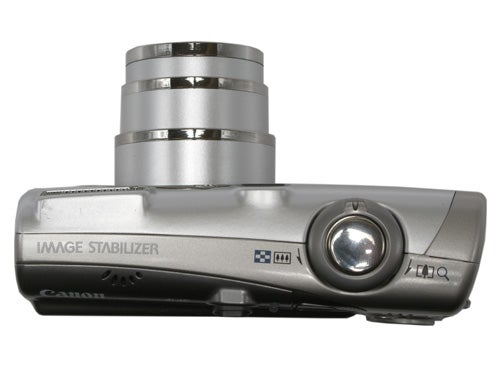
One other feature that’s well worth a mention is the red-eye correction mode in playback, which works extremely well. This means you can at last turn off that annoying red-eye-reducing double flash, since any red eyes can be corrected later in the camera. I should also mention the video mode, which shoots at VGA resolution and 30 frames a second, with stereo sound, although I can’t for the life of me spot where the second microphone is hidden.
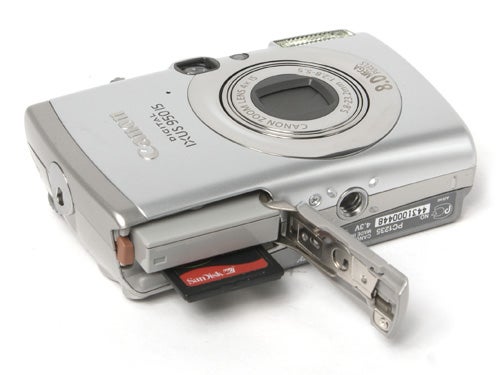
I’ve rambled on for far too long already, so I better cut to the chase, and get onto picture quality. As you’d probably expect for such an expensive camera, it takes very nice photos under almost any circumstances. Exposure is reliably excellent, with perfect colour rendition and surprisingly good contrast and dynamic range for a 1/2.5-in sensor. The lens is also very good, producing plenty of fine detail, with a minimum of barrel distortion at wide angle. Overall sharpness and clarity are excellent, only really slipping at the extreme corners of the frame at wide angle. Image noise isn’t really a problem, but with such a small sensor one shouldn’t expect too much. The DIGIC III processor does a good job though, and although there is visible noise from 200 ISO upwards, the overall picture quality and level of fine detail remains good even at 800. 1600 ISO is a bit of a mess though.
”’Verdict”’
The Canon Digital IXUS 950 IS is an expensive luxury camera, but there’s no doubt that the money buys solid build quality, brilliant performance and superior picture quality too. There are many other cameras that can beat its specification and features list for less money, but few that can match it for sheer all round class.
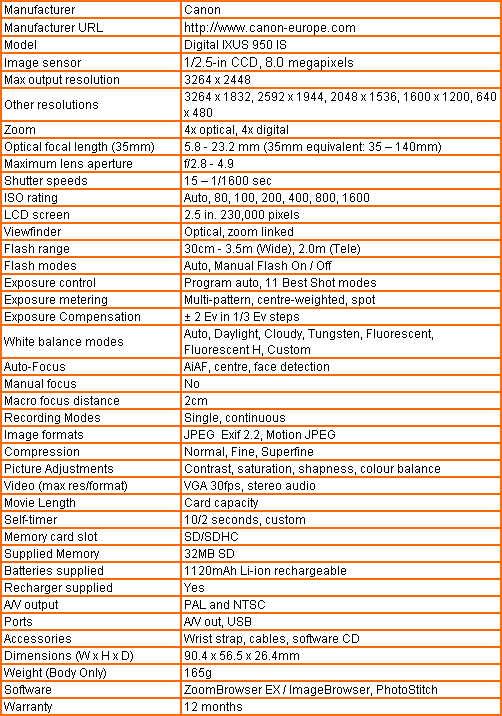
”Over the next few pages we show a range of test shots. On this page the full size image at the minimum ISO setting has been reduced to let you see the full image, and below that a series of full resolution crops have taken from original images at a range of ISO settings to show the overall image quality.”
—-

—-
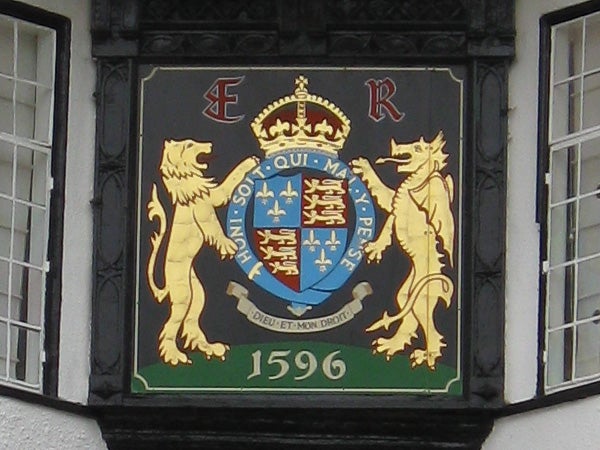
As is nearly always the case, image quality at 80 ISO is superb.
—-
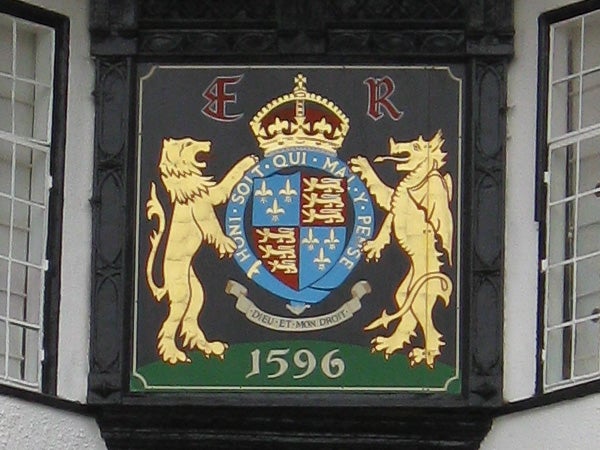
Not surprisingly there’s little difference at 100 ISO.
—-
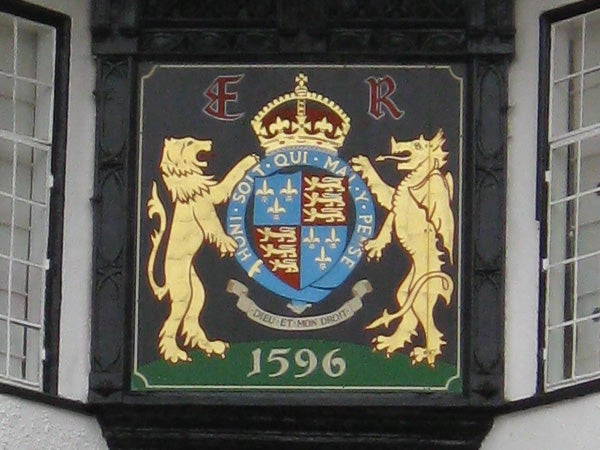
At 200 ISO however there is some chromatic noise visible in the darker areas.
—-
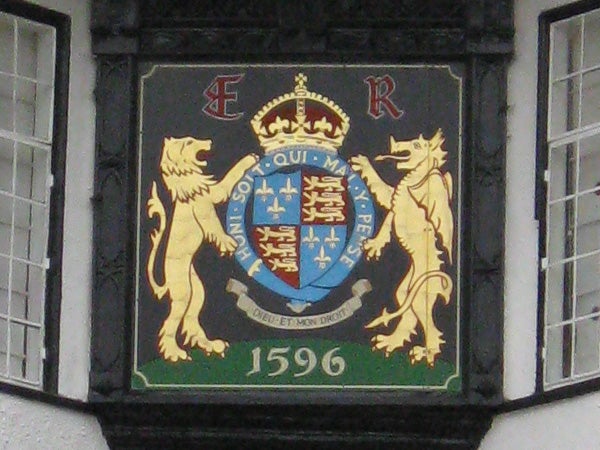
It’s a little worse at 400 ISO.
—-
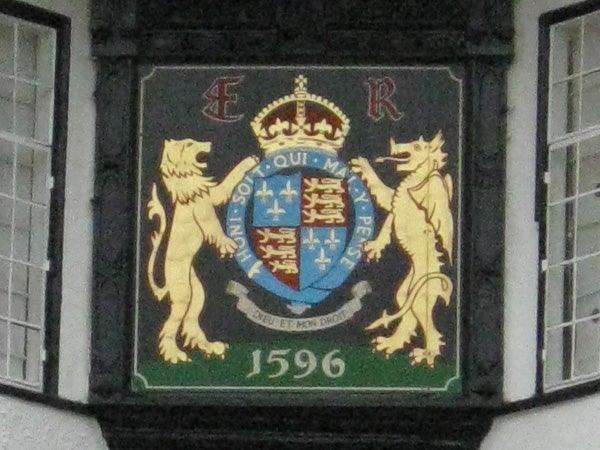
And worse still at 800 ISO, although there is still plenty of fine detail visible and the shot would print well.
—-
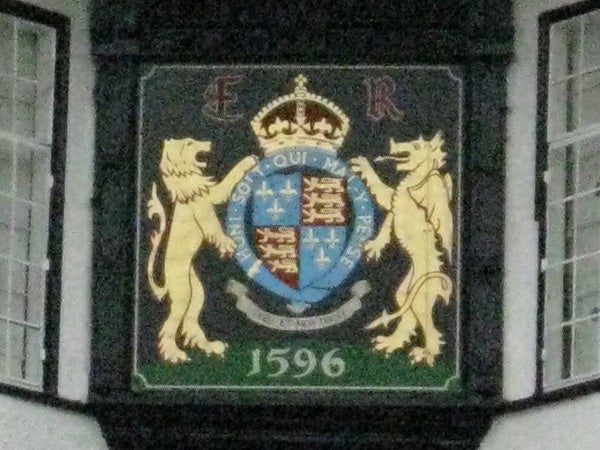
1600 ISO is a lot worse, and most fine detail has been lost.
—-
”A range of general test shots are shown over the next two pages. In some cases, the full size image has been reduced for bandwidth purposes, and a crop taken from the original full resolution image has been placed below it to show the overall image quality. Some other pictures may be clicked to view the original full-size image.”
—-

Do you think it’s time I found another detail test shot, or is it useful to always be able to compare the same shot with different cameras? Either way, click on the image to see it full size or look at the 100 percent crop below.
—-
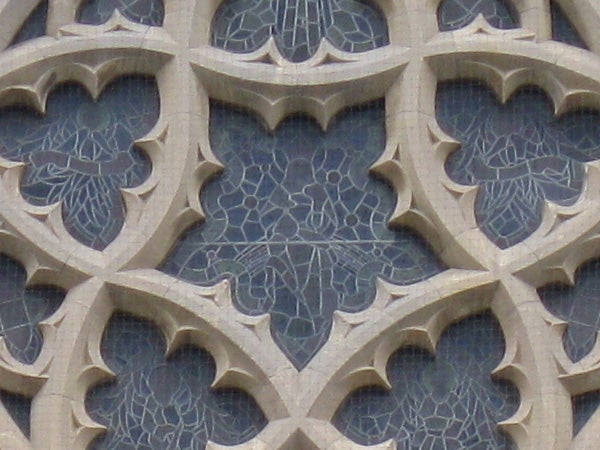
While the lens provides plenty of fine detail, the image isn’t as clear as some cameras I’ve tested recently. Still very good though.
—-
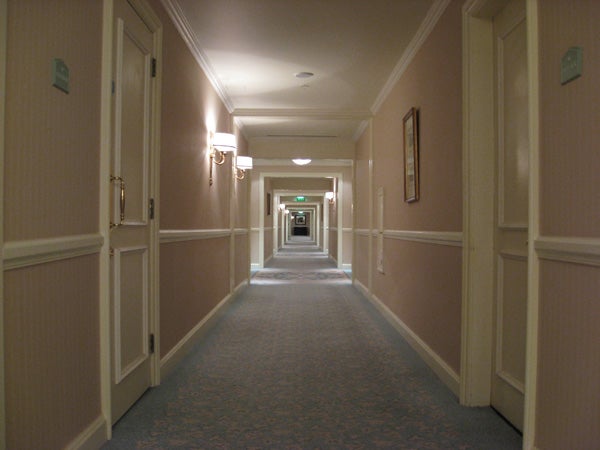
The excellent Canon lens produces very little barrel distortion at wide angle.
—-

The IXUS 950 IS has a wide-angle end equivalent to 35mm, which is about the same as most pocket compacts. If you want real 28mm wide angle, go for the 850 IS instead.
—-
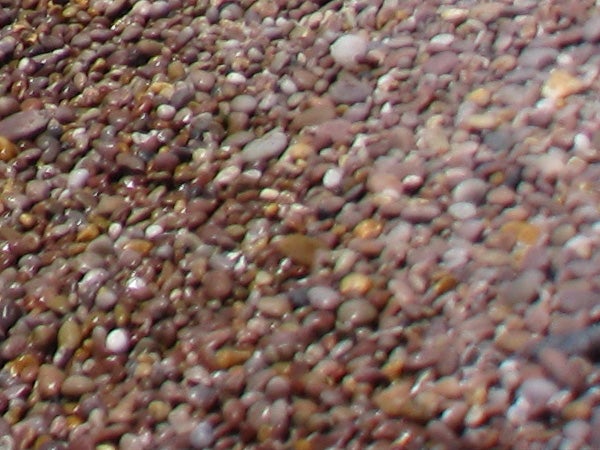
The lens sharpness only really falls off at the very corner of the frame at wide angle.
—-

The 140mm-equivalent telephoto end of the zoom range is more useful, but other cheaper cameras have longer lenses.
—-
”A range of general test shots are shown over the next two pages. In some cases, the full size image has been reduced for bandwidth purposes, and a crop taken from the original full resolution image has been placed below it to show the overall image quality. Some other pictures may be clicked to view the original full-size image.”
—-
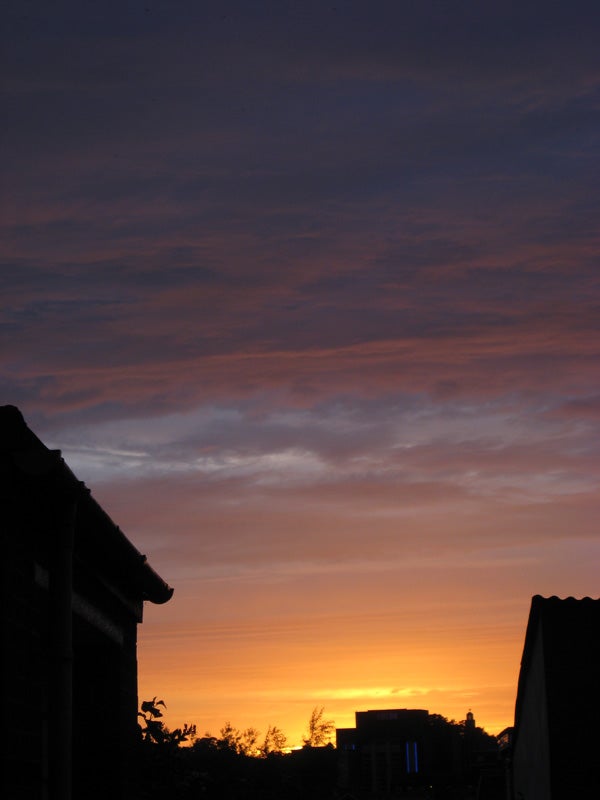
Colour reproduction is fantastic.
—-

Two of my fellow camera journalists wonder why I’m using a Canon camera on a Panasonic press trip. All will become clear in time.
—-

The same picture after it’s been run through the in-camera red-eye reduction process, which does a very good job.
—-
Trusted Score
Score in detail
-
Value 6
-
Image Quality 8
Features
| Camera type | Digital Compact |
| Megapixels (Megapixel) | 8 Megapixel |
| Optical Zoom (Times) | 4x |

